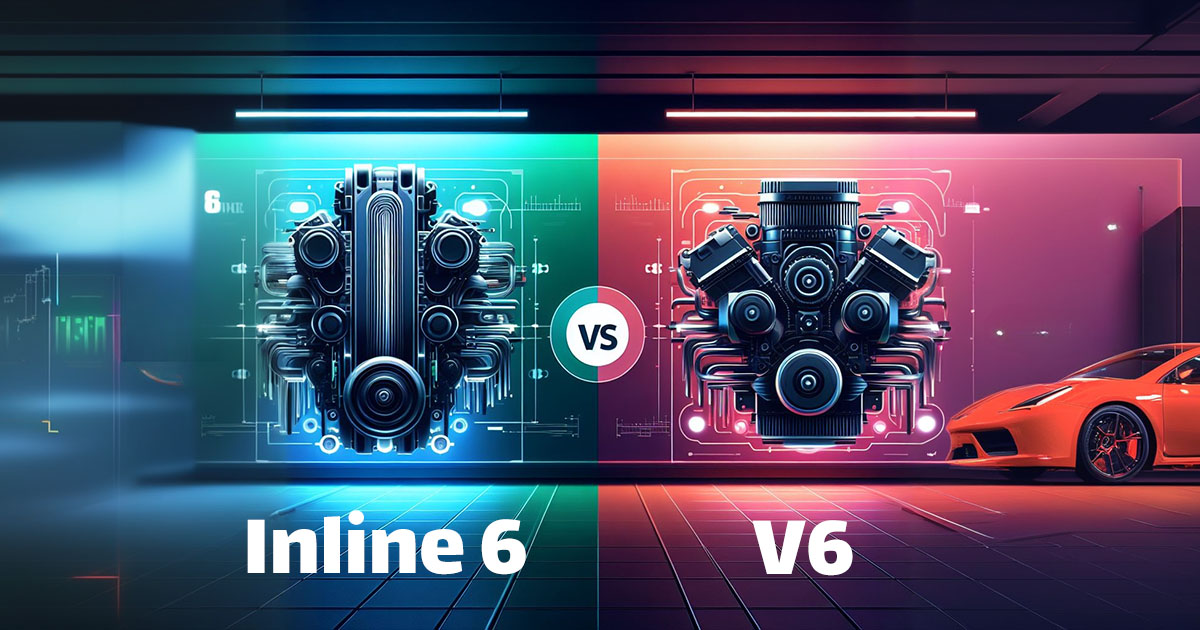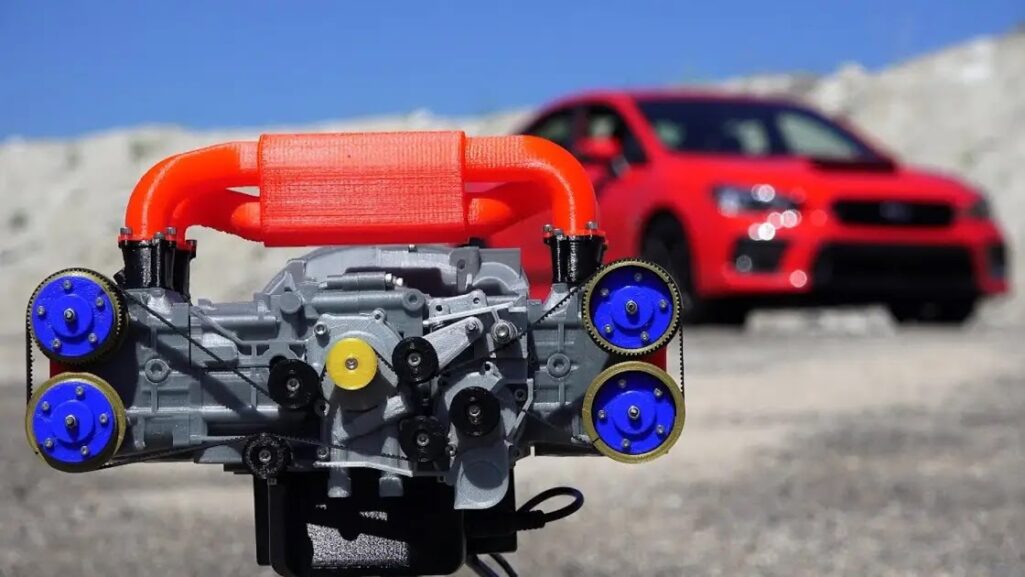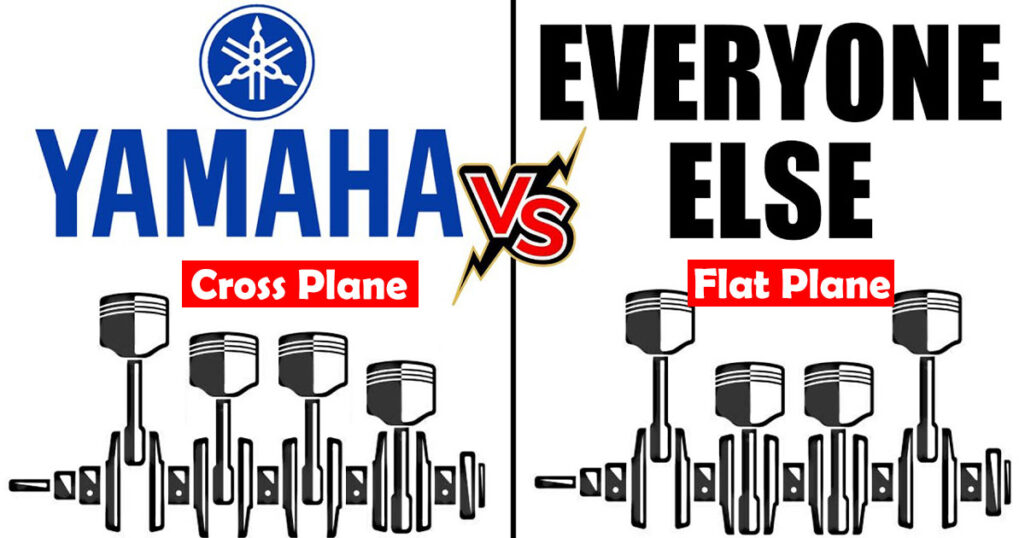
Yamaha is a famous Japanese motorcycle manufacturer known for its powerful sports bikes. Yamaha uses inline 4 engines in many of its motorcycles as many motorcycle manufacturers do.
However, starting from 2009, Yamaha decided to have a different designed engine from its competitors. They focused on the crankshaft and decided to have something different from other inline 4 engines. It is called the crossplane crankshaft.
So why did Yamaha choose the cross-plane configuration instead of the commonly used flat-plane configuration? And what benefits does this step provides Yamaha’s engines? Let’s find out…
Flat Plane Configuration
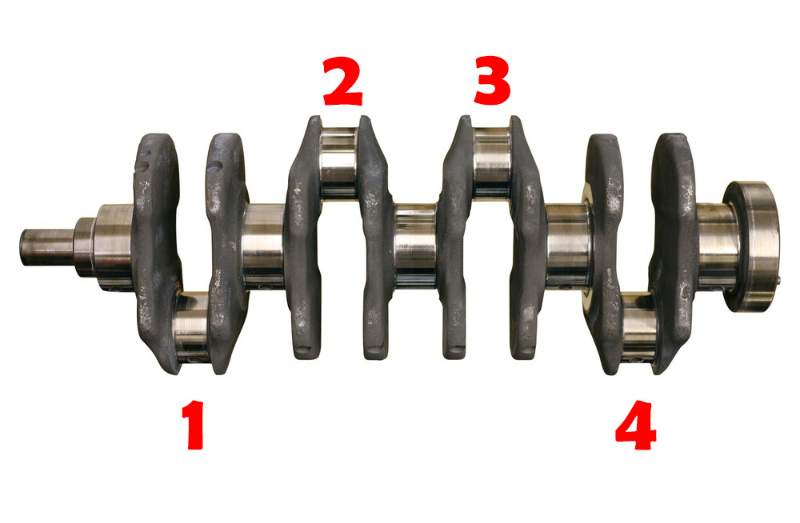
This simple configuration is the most used type of crankshaft. It has the two outer crankpins point up, and the two inner crankpins point down. And then, during rotation, things will flip. The outer pins will point down, and the inner pins will point up.
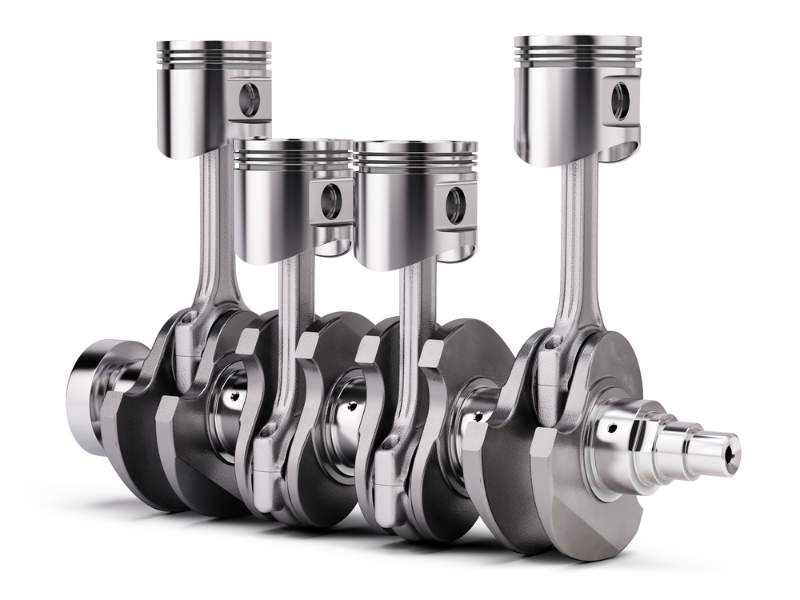
This means that the pistons are 180 degrees from each other (1 and 2, 3 and 4). This implies that when pistons 1 and 4 move up, pistons 2 and 3 move down.
This crankshaft is called a flat plane because it has all the crankpins at the same plane, as you can see:
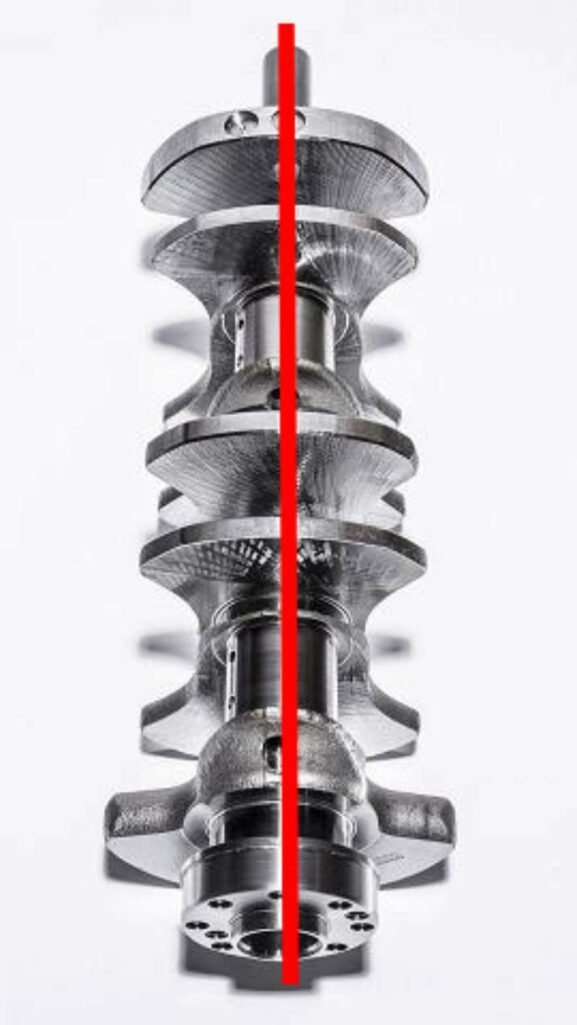
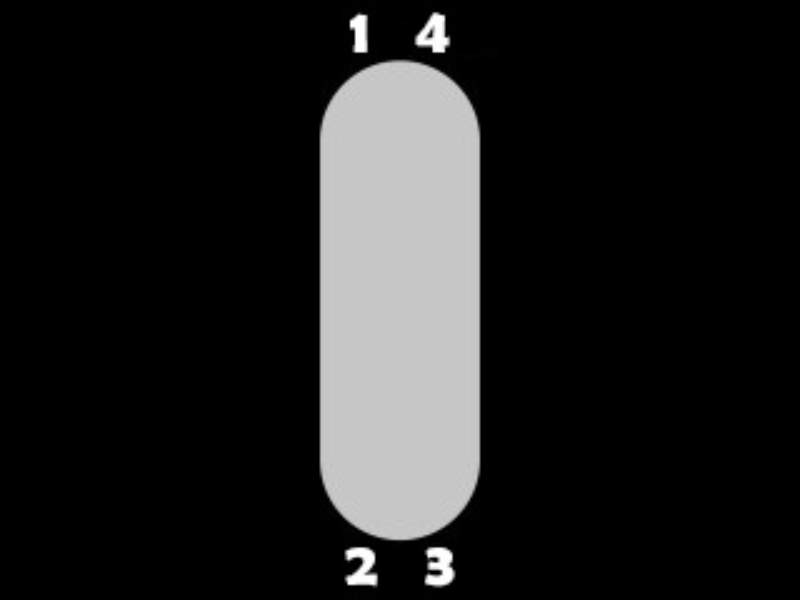
Cross Plane Configuration
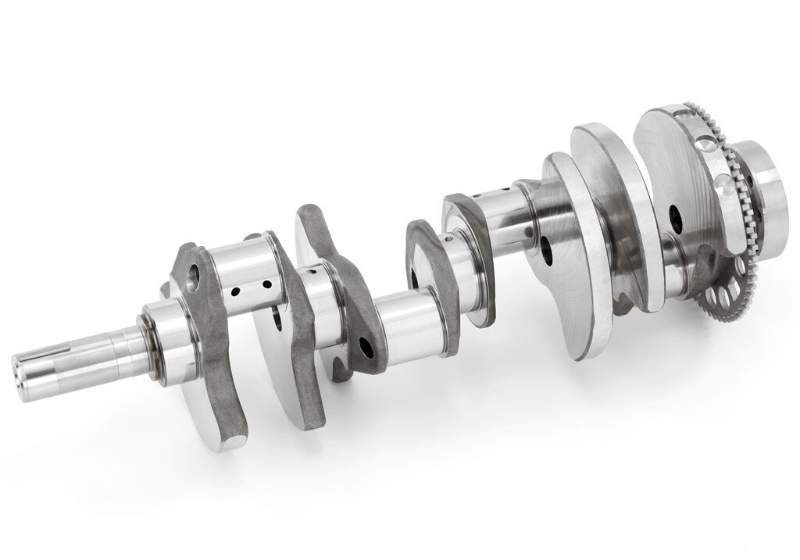
This is the configuration that is used by Yamaha. It is different from the conventional flat plane configuration by the crankpins locations. It is called a cross-plane because each crankpin points out in a different direction, making a cross shape and having two planes crossing each other.

In other words, looking at the crank from its nose, we will see that one cylinder points up, one points down, one points left, and one points right.
Balancing issues
Primary balance
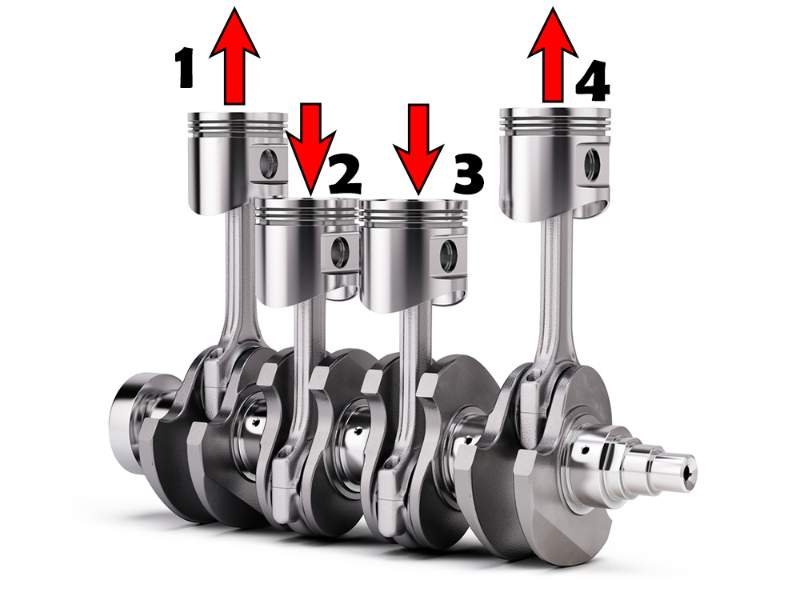
The flat-plane crankshaft is easily balanced. Piston 1 and 2 have opposite forces that cancel each out, and pistons 3 and 4 are the same.
On the other hand, the cross-plane has a different moving pattern, but it is still also balanced. Pistons 1 and 4 move opposite to each other, and pistons 2 and 3 moves opposite to each other.
So this means that both of them are well balanced? No, this is not the case!
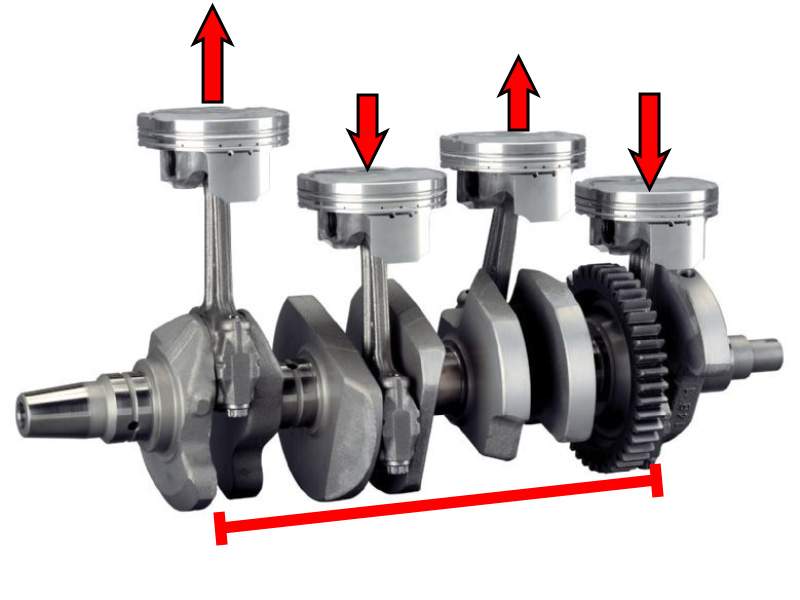
The cross-plane crankshaft has a vibrating issue known as the rocking couple, which means that the two opposing forces at pistons 1 and 4 have a distance between them, and they are both far from the center of the crankshaft.
This will create what is known as a rocking couple: a bending torque about the center of the crankshaft. This will create a vibrating issue within the engine that needs to be solved.
This issue is solved by adding a balancing mass to the crankshaft to overcome this torque and clear out vibration.
This method is acceptable with big heavy cars, but this solution is not the best with sports bikes like the Yamaha R1, which requires high RPM.
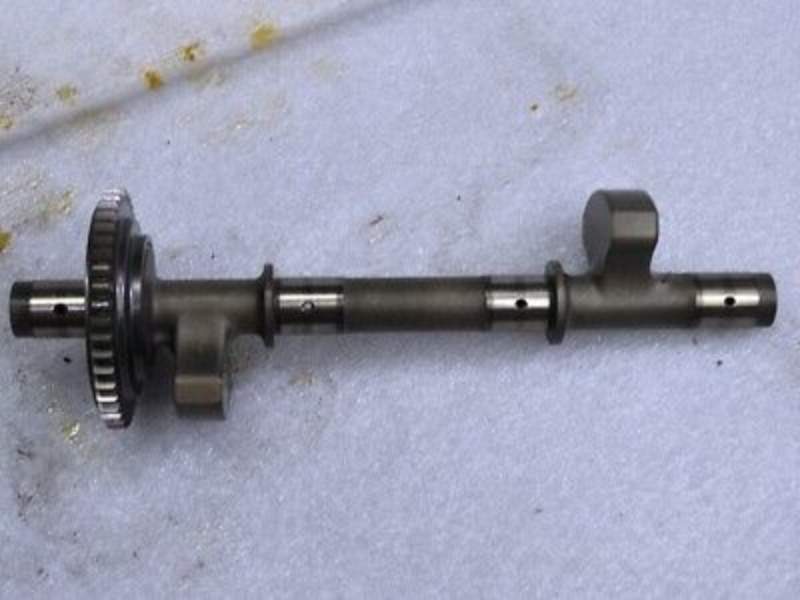
So Yamaha found a better solution to counter the vibration using a balancing shaft.
Secondary balance
Contrary to the primary balance, cross-plane crankshaft doesn’t have a problem with secondary balancing, but the flat plane does have.
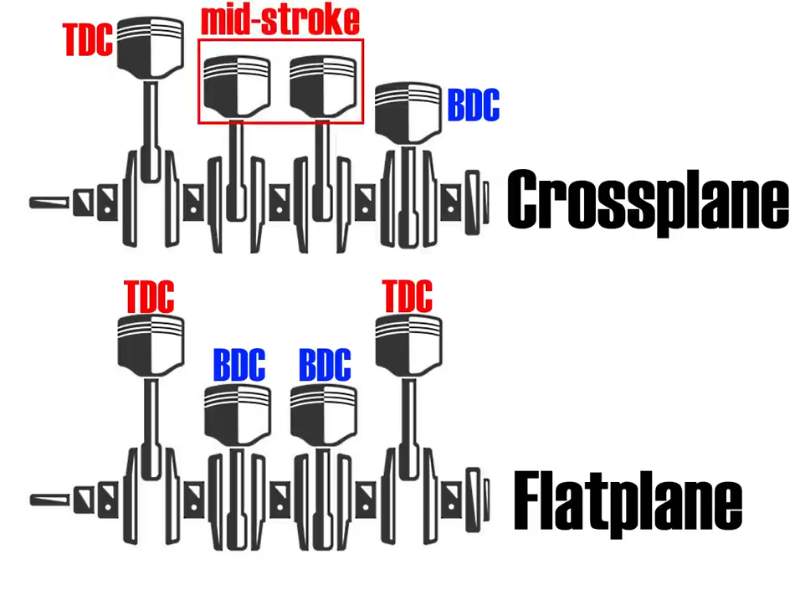
Secondary imbalance occurs when one piston is finishing the stroke (TDC), and the other is starting the stroke (BDC). This occurs with the cross-plane crankshaft just once, while it occurs twice with the flat-plane crankshaft.
However, secondary imbalances usually have less effect on the engine compared to the primary imbalances.
Firing order
With the flat-plane crankshaft, we have a smooth harmonic firing order of 180, 180, 180, 180, which means at every 180°, we have a piston firing as seen below:
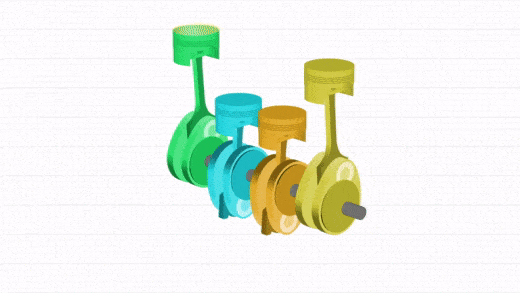
On the other hand, cross-plane crankshaft does not work in the same way. It has a firing order of 180, 90, 180, 270, as seen below:
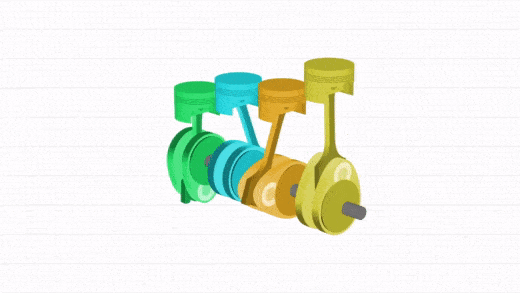
This difference in firing order explains the difference in the engine’s sound. The uneven firing order in the cross-plane crankshaft also increases the vibrations and requires a stiffer and harder engine design.
So why would Yamaha decide to go with such a design that seems to have more downsides than benefits? It loses the simple, lightweight, and well-balanced design to get just a better secondary balance that doesn’t have that much effect.
There must be something else!…
Why did Yamaha Choose CrossPlane?
One of the main disadvantages of the cross-plane crankshaft could actually be a significant advantage for the Yamaha R1 motorcycle. It is the uneven firing pattern!
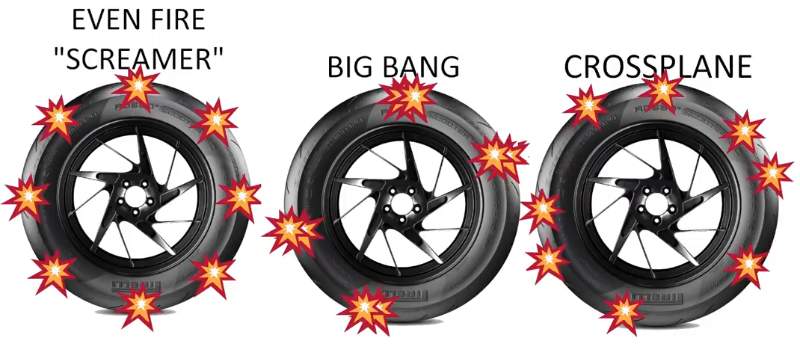
Yes! Even though this firing pattern of the cross-plane crankshaft causes more vibration and could lead to reduced power output, it is still found to have an important advantage, especially in motorcycles sports.
It is found that this kind of uneven firing order leads to an improved lap time! This kind of firing order will give the tire more time to freely move, leading to better control and greater sensing of the limit of traction, especially at the corners.
For further more details on the topic, watch the following video by driving 4 answers:

